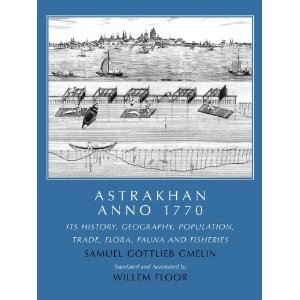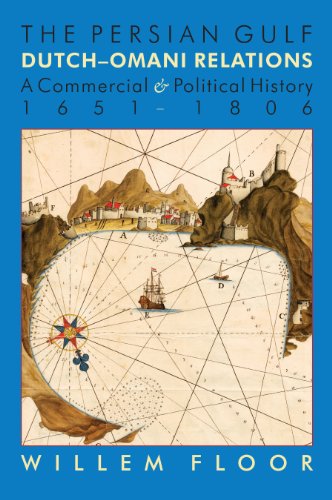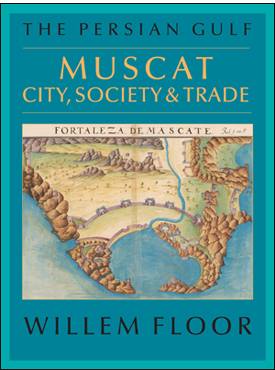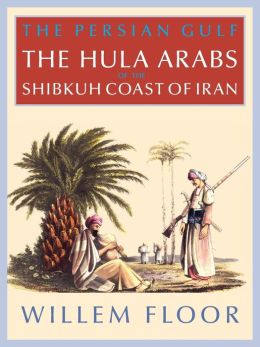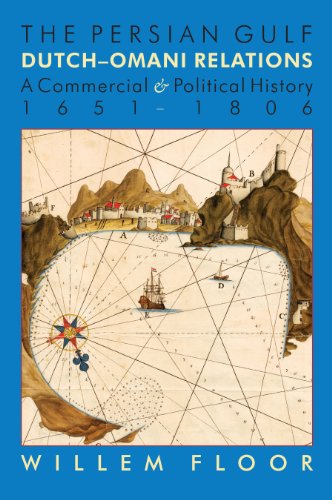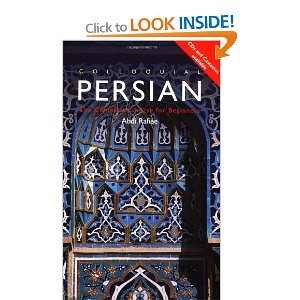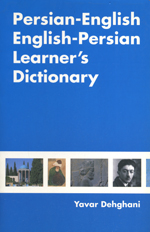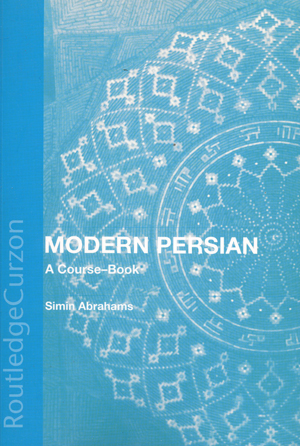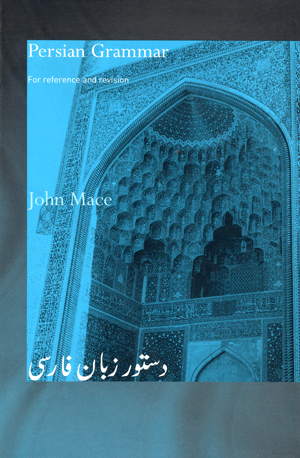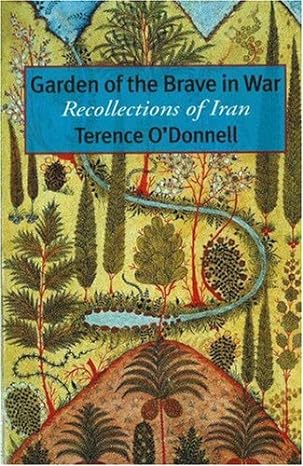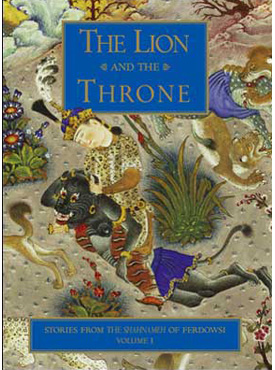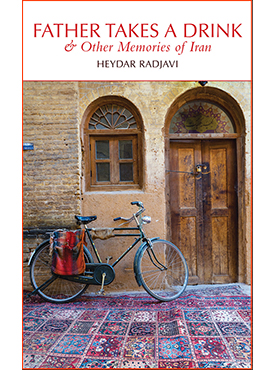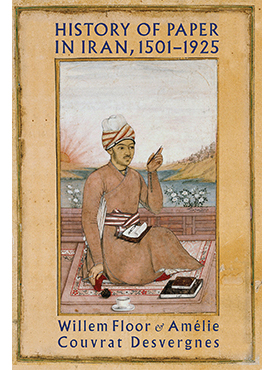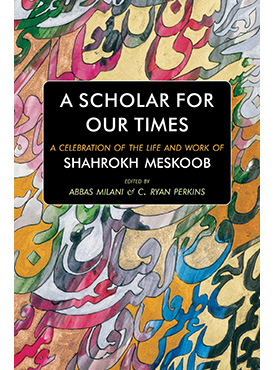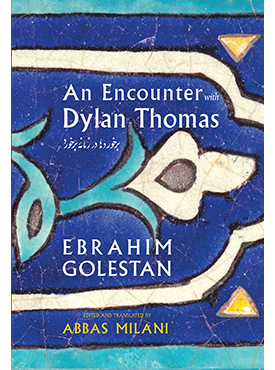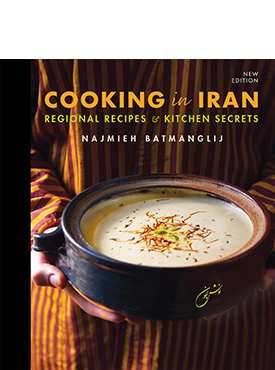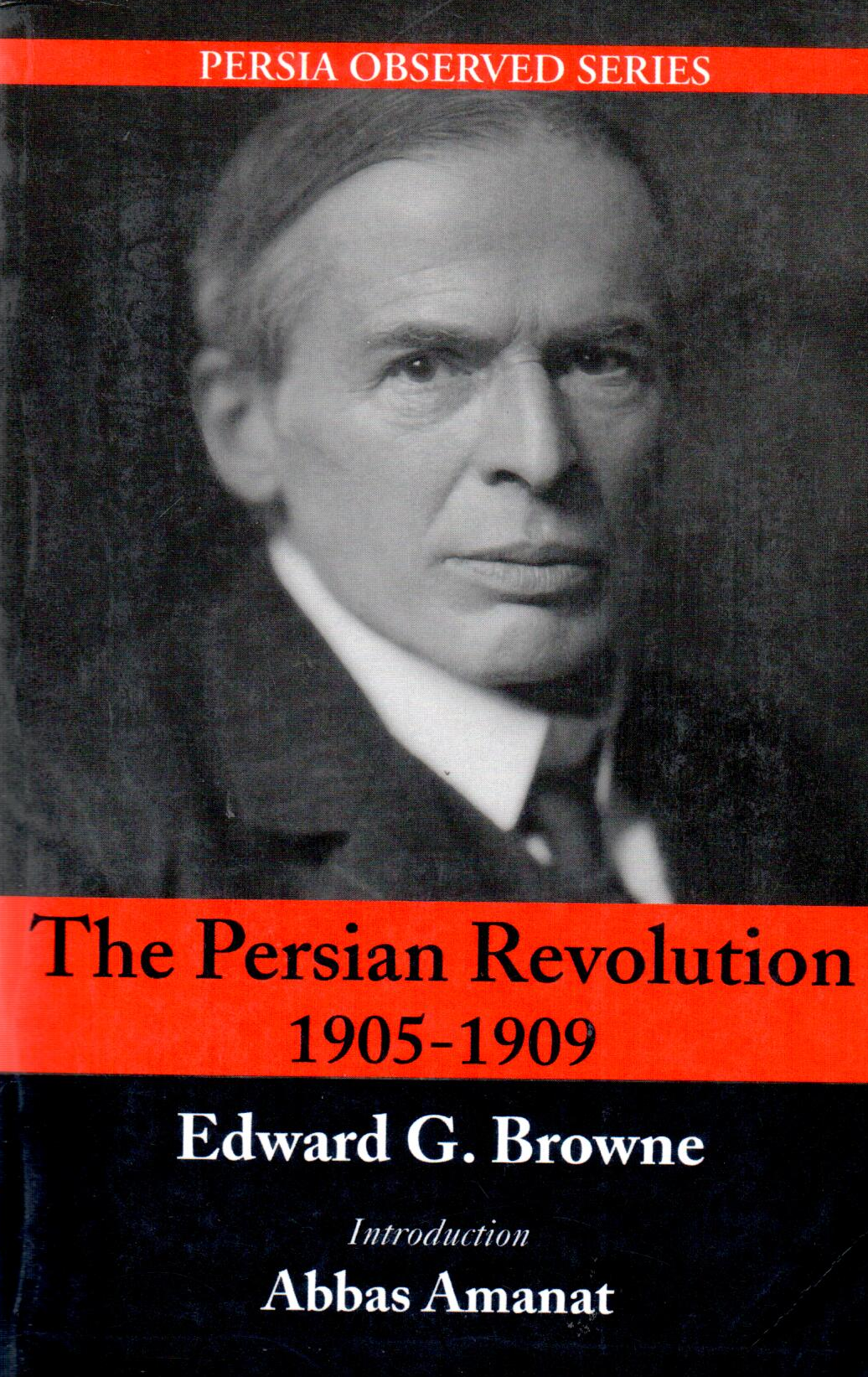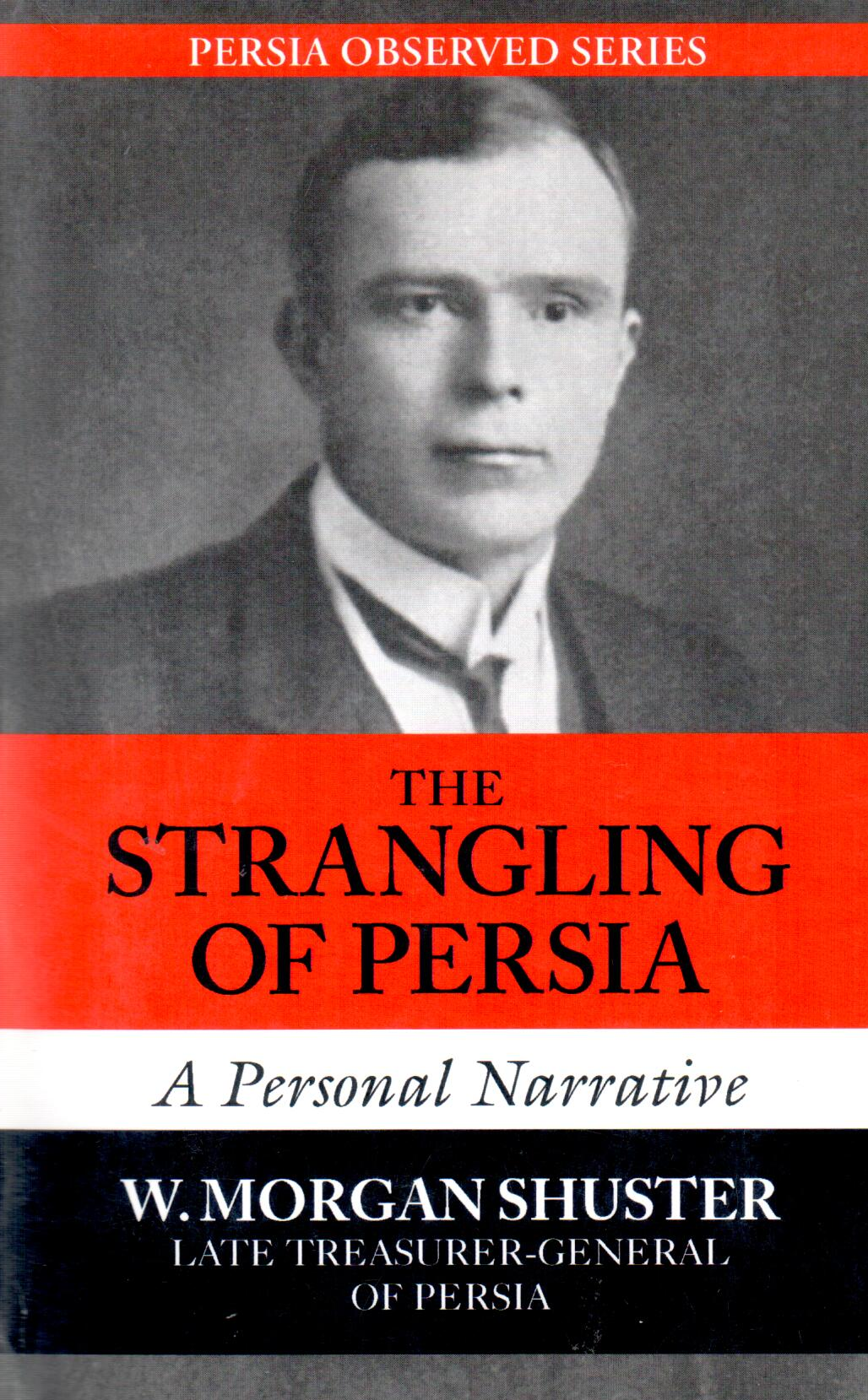Astrakhan: Anno ١٧٧٠, Its History, Geography, Population, Trade, Flora, Fauna and Fisheries الإنجليزية 1434
Astrakhan: Anno 1770, Its History, Geography, Population, Trade, Flora, Fauna and Fisheries
71٫42 $
مشاركة
Wishlist
ISBN رقم:
9781933823546
الناشر:
MAGE PUBLISHERS
الفئة العمرية:
البالغون
الصفحات:
228
الوزن:
620 g
أبعاد المنتج:
21 x 28 x 1٫6 cm
غلاف الكتاب:
غلاف ورقی
In 1770, Astrakhan, on the left bank of the Volga River close to where it discharges into the Caspian Sea, was Russia’s most important southern port through which all its trade with Iran and the Orient was conducted. Astrakhan had been a Tatar city until 1556 (when Ivan the Terrible conquered it), a fact reflected in the composition of its population in 1770: Tatars, Russians, Armenians, and Iranians.
Samuel Gottlieb Gmelin, a young member of the Russian Academy of Sciences, lived for almost a year in the city in 1770 and left a very detailed account of its geography, history, people, economy, flora, and fauna. Gmelin first describes the model colony of Sarepta established, by special agreement with the Russian government, by the German Moravian Brothers in 1765. Then he moves his narrative to Astrakhan, the Russian outpost on the Caspian Sea and provides us with a detailed description of its history, including that of Stenko Razin’s 1672 rebellion that devastated the port and its people.
Gmelin takes us on an extensive tour of the city and provides us detailed plans and panoramas of the city, which was also important for its fisheries and salt works. All these economic activities are described in great detail, as are the flora and fauna of the city’s environs. Gmelin’s descriptions of these activities are embellished with exquisite drawings that show the people, their activities, the plants, and the animals. The descriptions of the city, its people and their activities are so vivid and given in such detail that the reader will literally be taken back in time and place.
more
In ١٧٧٠, Astrakhan, on the left bank of the Volga River close to where it discharges into the Caspian Sea, was Russia’s most important southern port through which all its trade with Iran and the Orient was conducted. Astrakhan had been a Tatar city until ١٥٥٦ (when Ivan the Terrible conquered it), a fact reflected in the composition of its population in ١٧٧٠: Tatars, Russians, Armenians, and Iranians.
Samuel Gottlieb Gmelin, a young member of the Russian Academy of Sciences, lived for almost a year in the city in ١٧٧٠ and left a very detailed account of its geography, history, people, economy, flora, and fauna. Gmelin first describes the model colony of Sarepta established, by special agreement with the Russian government, by the German Moravian Brothers in ١٧٦٥. Then he moves his narrative to Astrakhan, the Russian outpost on the Caspian Sea and provides us with a detailed description of its history, including that of Stenko Razin’s ١٦٧٢ rebellion that devastated the port and its people.
Gmelin takes us on an extensive tour of the city and provides us detailed plans and panoramas of the city, which was also important for its fisheries and salt works. All these economic activities are described in great detail, as are the flora and fauna of the city’s environs. Gmelin’s descriptions of these activities are embellished with exquisite drawings that show the people, their activities, the plants, and the animals. The descriptions of the city, its people and their activities are so vivid and given in such detail that the reader will literally be taken back in time and place.
more

